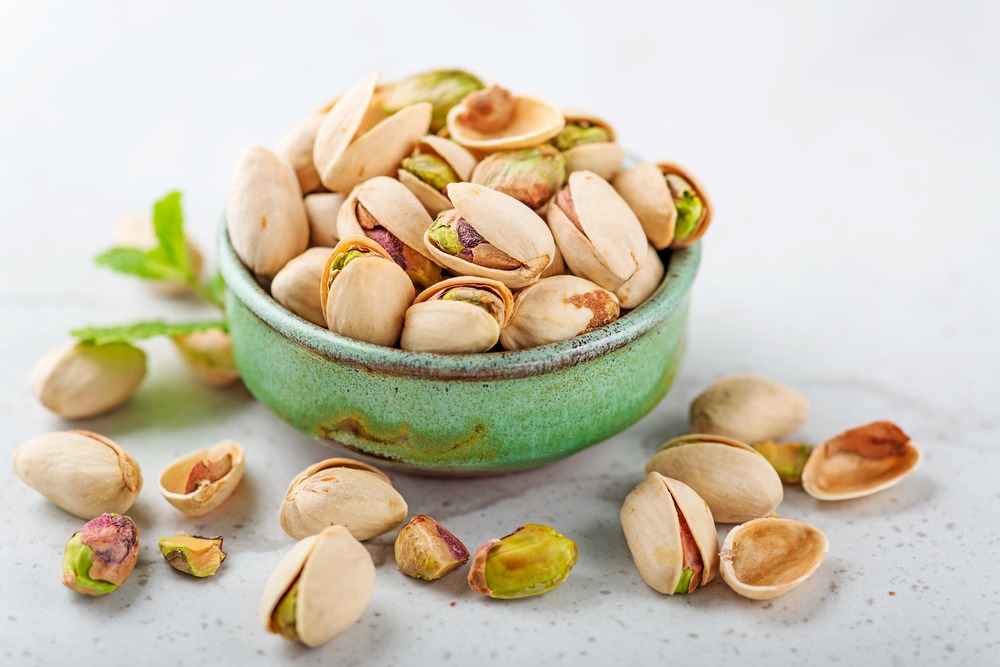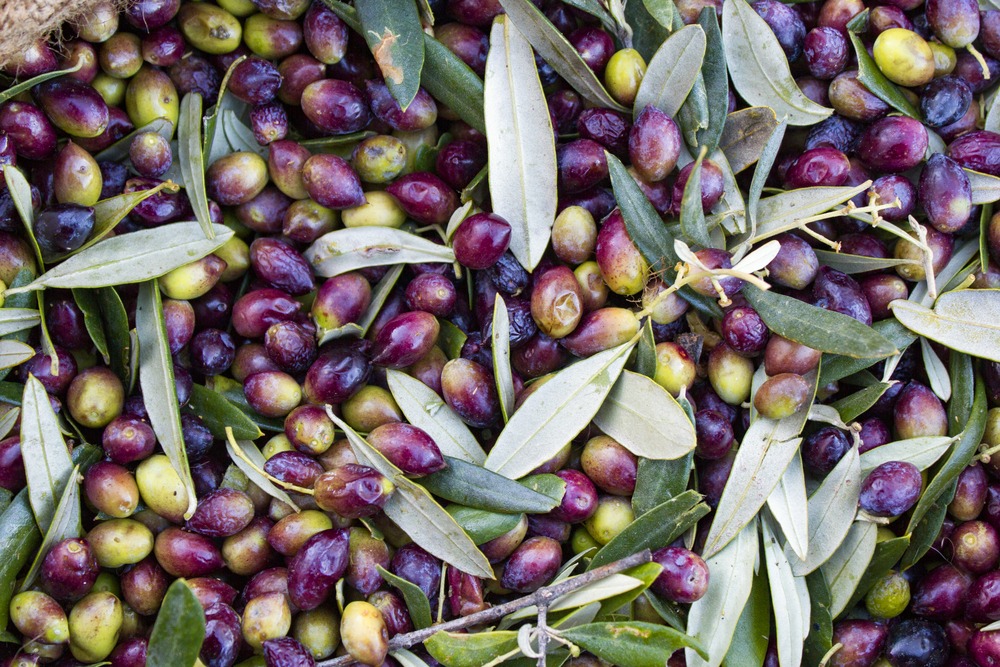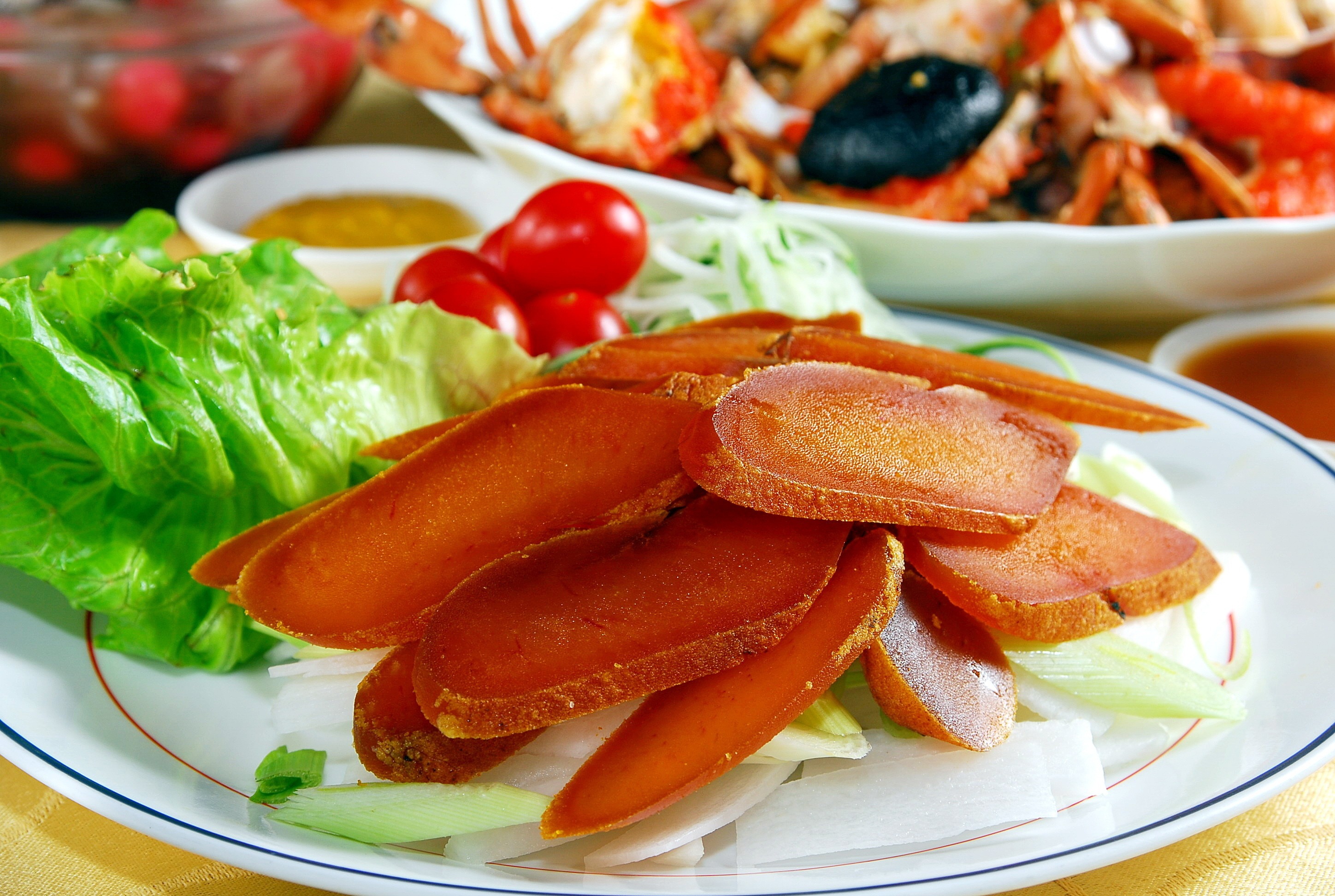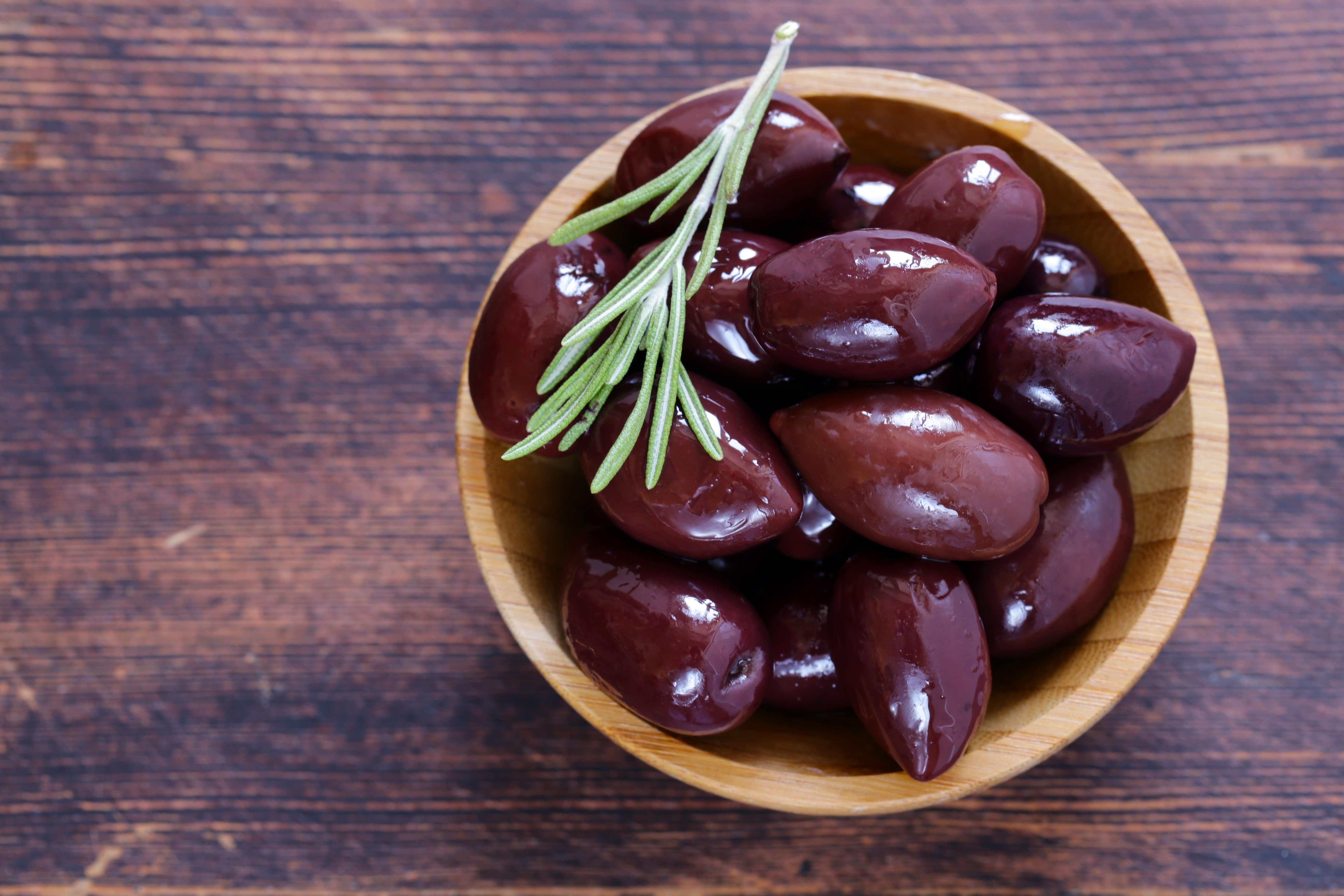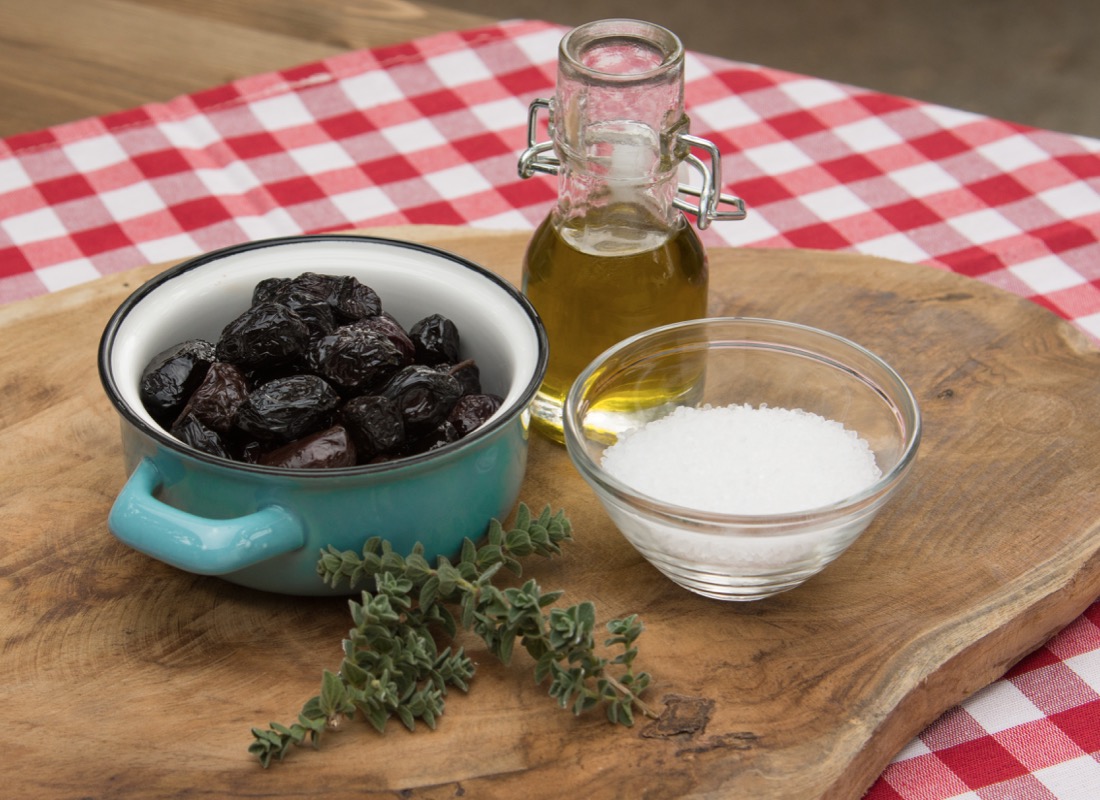“Avgotaracho” in Greek, Bottarga in Italian, Poutargue in French, Botarga in Spanish, Batarekh in Arabic, Karasumi in Japanese is a delicacy from naturally dried and formatted tuna or mallet roe. In Greece, bottarga is made with grey mullet roe which is fished in Greek lakes. The whole ovaries are removed, washed, salted with natural salt, dried under the sun and packaged in melted wax. Preserving fish that comes from the rich in natural salt Mediterranean waters is a process still in practice, particularly in some Mediterranean countries. Although the process of preserving bottarga from tuna or mullet is thought to … Read more
